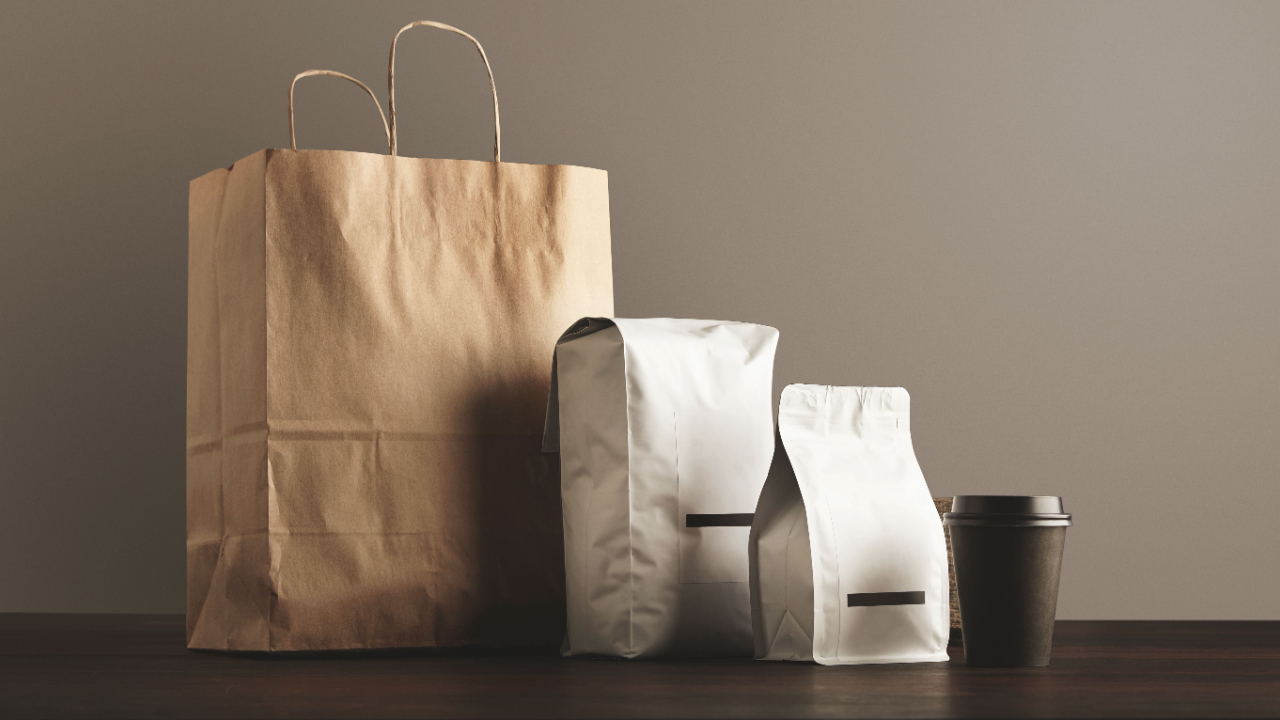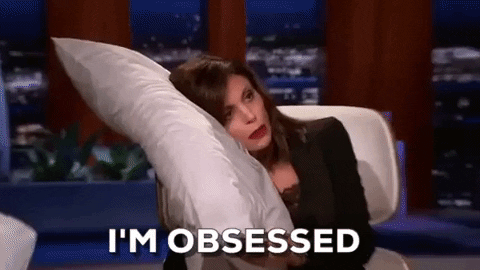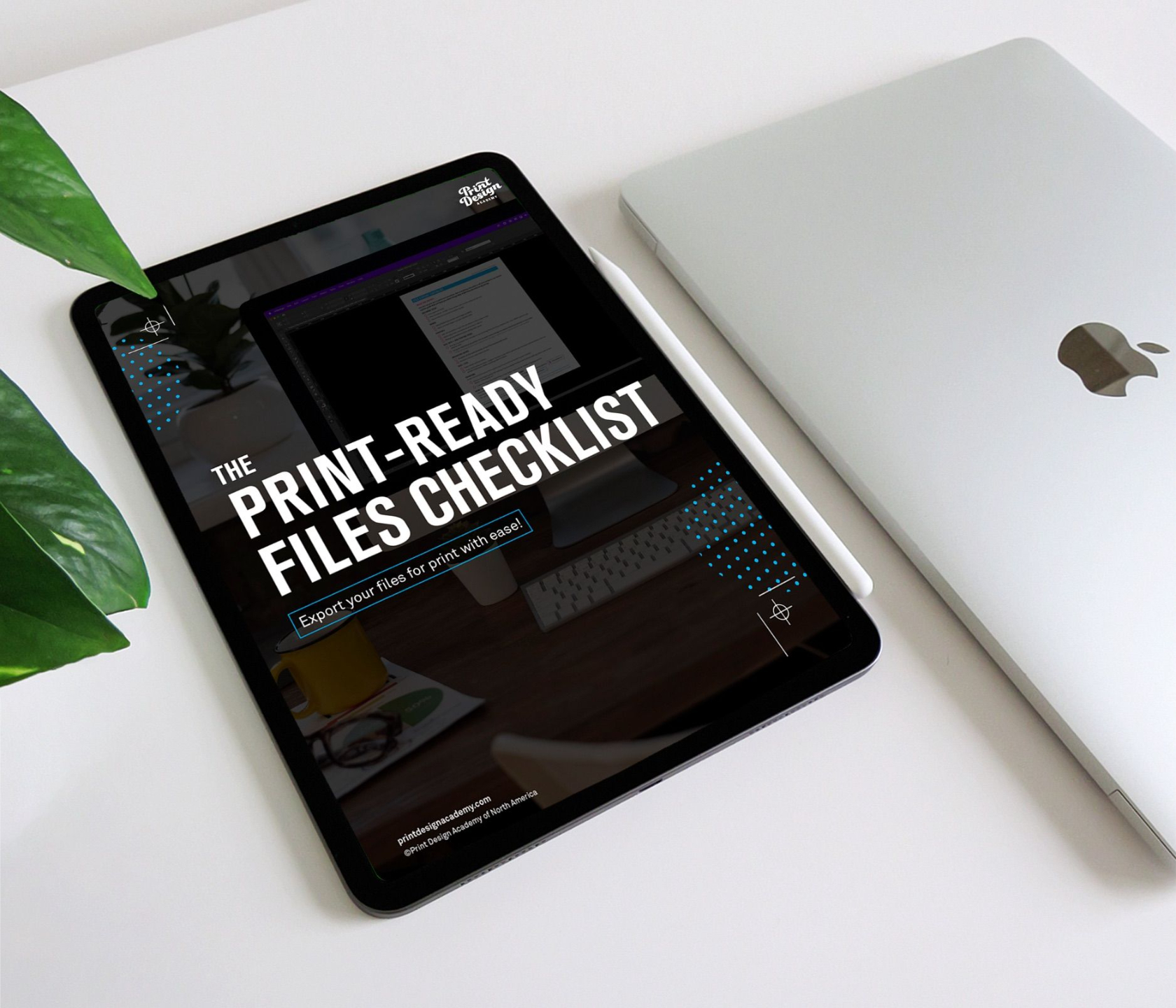10 Tips to Improve Your Packaging Design
May 03, 2023
I love packaging! The smell of it, the texture of it…

Packaging design plays an important role in catching the attention of potential customers and can create a positive brand and product experience. It can shape the perception of your product and brand.
With so many products battling for attention on store shelves, it's essential to make sure your packaging stands out.
As a graphic designer, you get to help craft the design and materials for packaging that not only looks great but also communicates the right message. To pull this off, you gotta know a few things.
So here are 10 tips to help design amazing packaging.
Understand Your Target Audience
Before starting any design work, you need to understand who you're designing for. Who is your clients target audience? What are their likes and dislikes? What do they value? Understanding this as best as you can will help you design packaging that speaks to them.
Keep It Simple
The old K.I.S.S theory. Packaging design should be straightforward and easy to understand. Avoid cluttering the package with too much information. Keep the focus on the product and use typography, colors, and images that are easy to read and understand. Also use this concept when looking at specialty finishing. Less is more, but none is a missed opportunity.
Use Appropriate Colors
Color is one of the most critical elements in packaging design. Different colors evoke different emotions, so it's essential to choose the right color scheme that fits the product and the brand. For example, red is often associated with passion and excitement, while green is associated with health and nature. Black, luxury. Cliche yes…but it's true. A green earth-friendly brand with solid black soft touch packaging? Doesn’t fit.
Use High-Quality Images
Images are great in packaging design. They can help to communicate what the product is and create an emotional connection with the customer. Use high-quality images that are relevant to the product and fit the brand's overall aesthetic. No low res images here.
Focus on Branding
Packaging design is an essential part of a brand's identity. Make sure your packaging design and the materials you select reflect the brand's personality and values. Use consistent branding elements, such as the logo and color scheme, to create a cohesive look. Paper Manufacturers usually have the same texture, color, and brightness of paper in a variety of weights so you can find a matchy match for a variety of projects.
Make It Stand Out
As mentioned earlier, there are many products competing for attention on store shelves. Make sure your packaging design stands out from the rest. Use unique shapes, textures, and finishes to create a memorable and distinctive look. This is where that specialty finishing comes in. Gold foil? Ooohhhhh. Textured paper? oooohhhhhh.
Consider Sustainability
Sustainability is an essential consideration in packaging design. Consumers are becoming increasingly environmentally conscious, and brands that take steps toward sustainability can create a positive image. Use eco-friendly materials, minimize waste, and consider the entire lifecycle of the package. The secondary use of packaging is a good thing to think about too. This also keeps the brand kicking around the house longer.
Use Hierarchy
Hierarchy is the organization of elements in a design by importance. But I’m sure you already knew that. Use hierarchy in your packaging design to help guide the customer's eye to the most important information. Make sure the product name, logo, and other critical elements are prominent and easy to find. Guiding attention to something that gets them to pick up the product to get a closer look is a great way to help your client sell more products.
Test Your Design
Before finalizing your packaging design, test it with your target audience. Ask for feedback and make any necessary changes based on the feedback you receive. Testing will help you identify any potential issues and ensure that your packaging design is effective. You can also mock up a few samples of the packaging using digital printing and go place them on the shelf in an actual store. Put them in the spot where they will be competing for attention. This will give you a real-world sense of how the packaging compares to its competitors.
Stay Up to Date
Finally, stay up to date with the latest trends in packaging design. I’m not one to advocate for following trends because that doesn’t fit with most brands. But if you can catch a movement at the time of a new product launch you can create a real winner. Follow industry blogs and attend design conferences to learn about new techniques and technologies. Join a community like Print Design Mastery to stay up to date on print and packaging materials, design processes, and for the support of an awesome group of designers learning print and packaging design.
To wrap this up, packaging design plays a huge role in the success or failure of products. By following these ten tips, you can improve your packaging design and create designs that are memorable, effective, sustainable, and communicate the brand perception perfectly.
Remember to keep it simple, focus on branding, and test your designs with your target audience.
Now get out there and design some awesome print stuff!!


